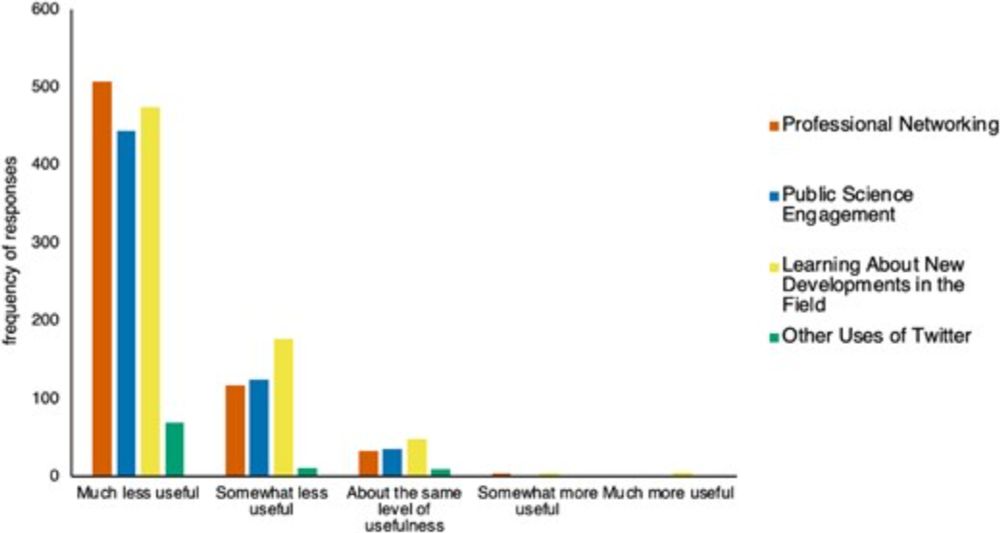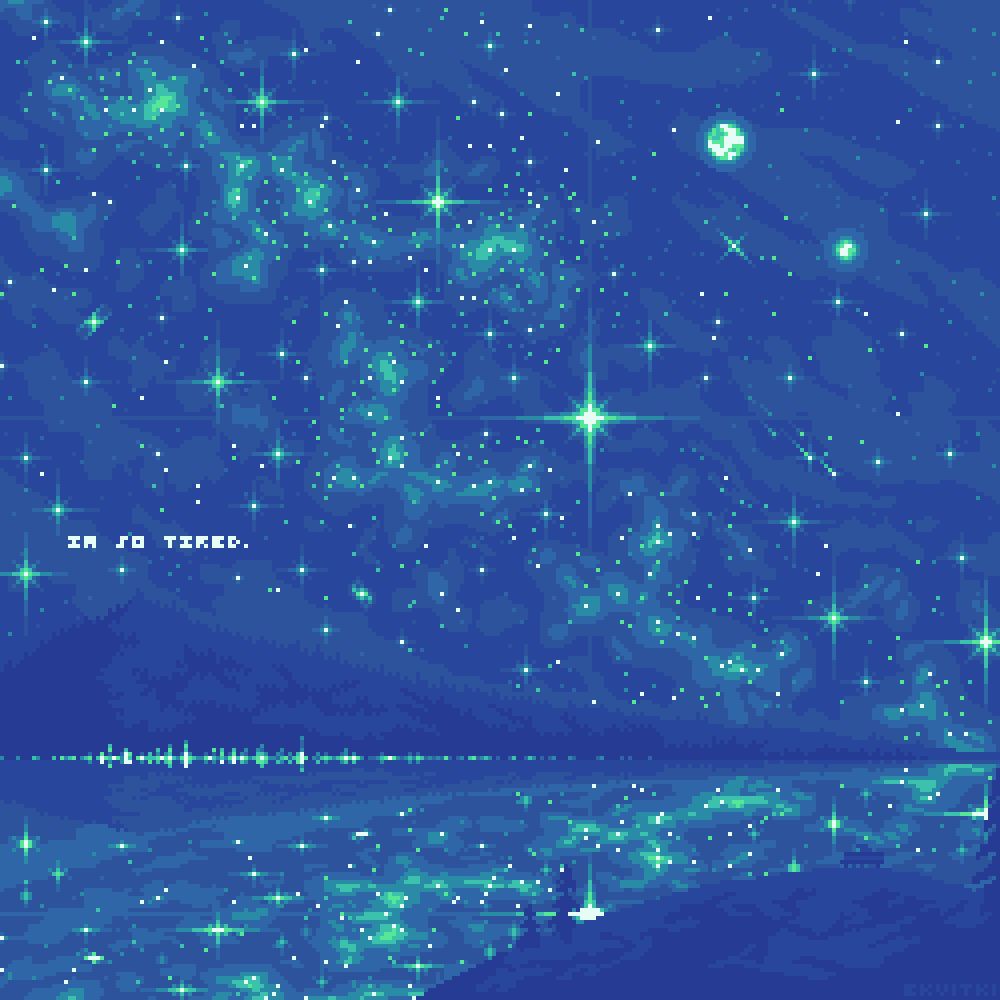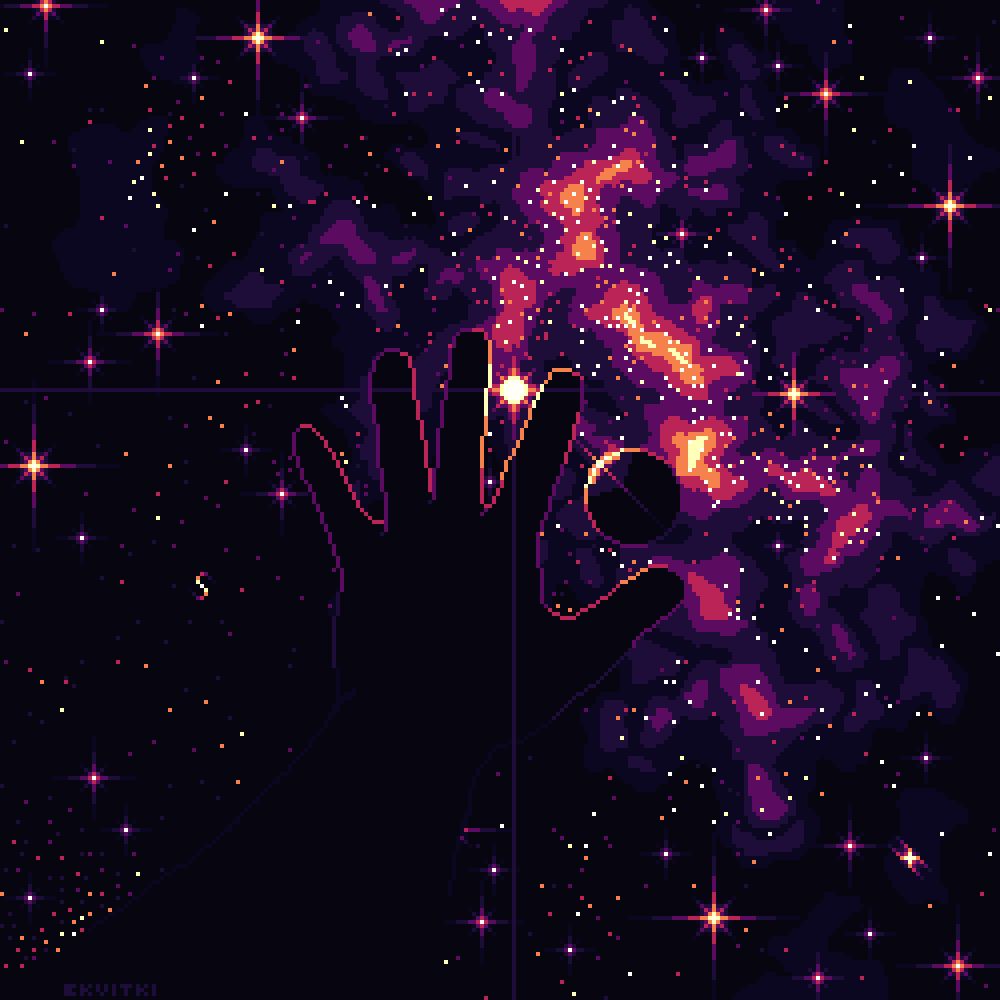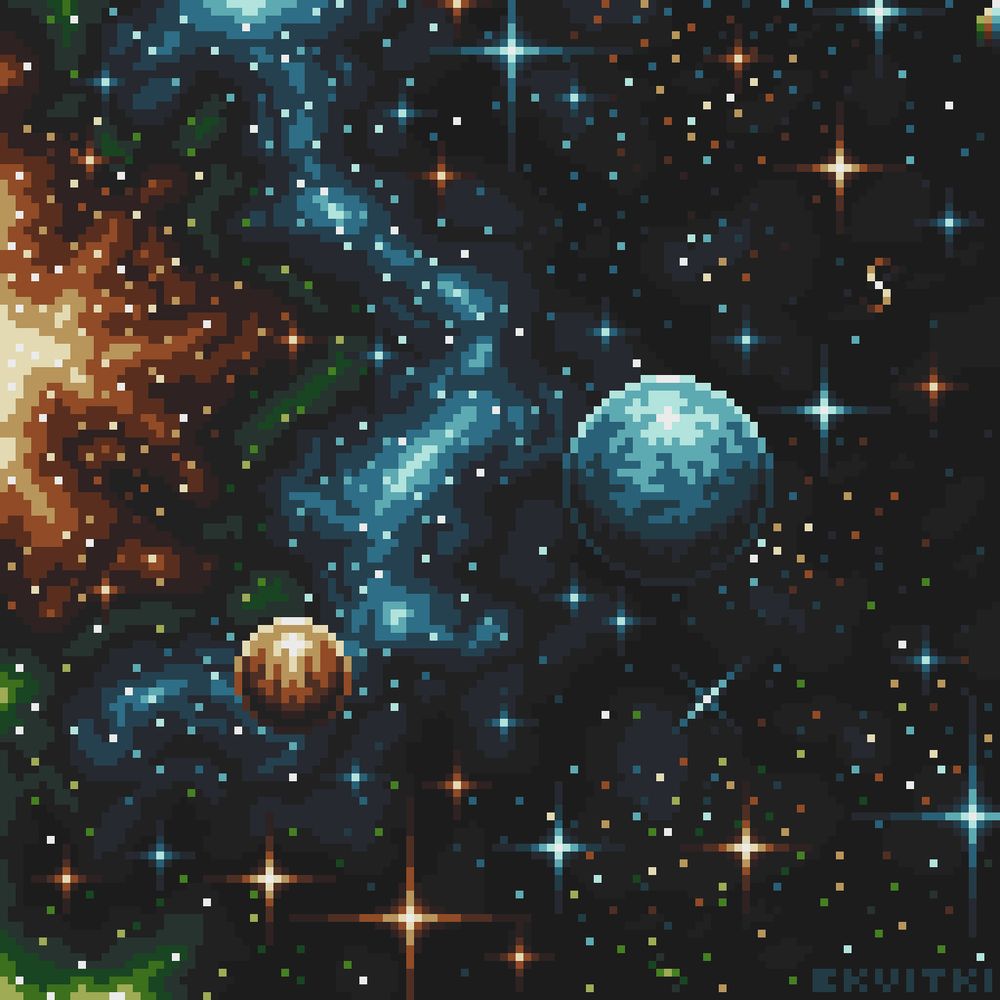Astronomía + Ciencia
@elsegundoluz.com
1.2K followers
2.1K following
1.1K posts
🤔 Pensando la ciencia 💫
Jorge A. Vázquez, artista de los planetarios desde 1996.
Investigo comunicación e historia de la ciencia en UV.
Yo también renuncié a dirigir un máster en UNIR, en mi caso el de astrofísica.
Socio de AEC2 y SEO Birdlife.
Posts
Media
Videos
Starter Packs
Pinned
Reposted by Astronomía + Ciencia
Reposted by Astronomía + Ciencia
Reposted by Astronomía + Ciencia
Reposted by Astronomía + Ciencia
Reposted by Astronomía + Ciencia
Reposted by Astronomía + Ciencia
Reposted by Astronomía + Ciencia
Reposted by Astronomía + Ciencia
Reposted by Astronomía + Ciencia
Reposted by Astronomía + Ciencia
Reposted by Astronomía + Ciencia
Reposted by Astronomía + Ciencia
Reposted by Astronomía + Ciencia
Reposted by Astronomía + Ciencia
Reposted by Astronomía + Ciencia
Reposted by Astronomía + Ciencia
Reposted by Astronomía + Ciencia
Reposted by Astronomía + Ciencia
Reposted by Astronomía + Ciencia
Reposted by Astronomía + Ciencia
Reposted by Astronomía + Ciencia
Reposted by Astronomía + Ciencia
Reposted by Astronomía + Ciencia





































